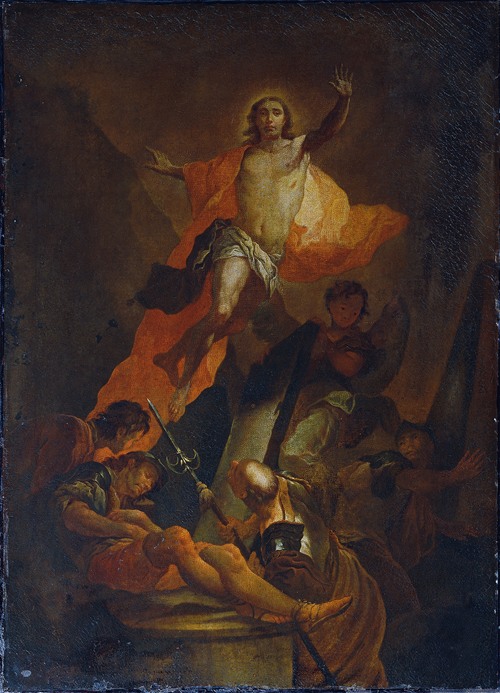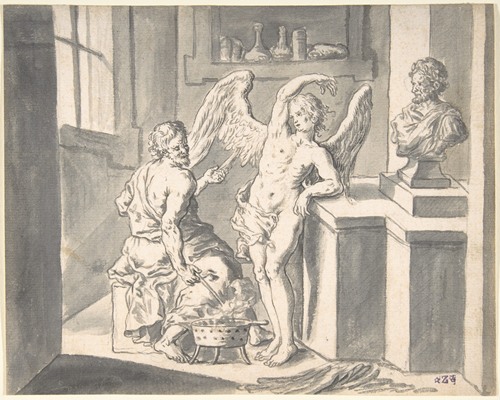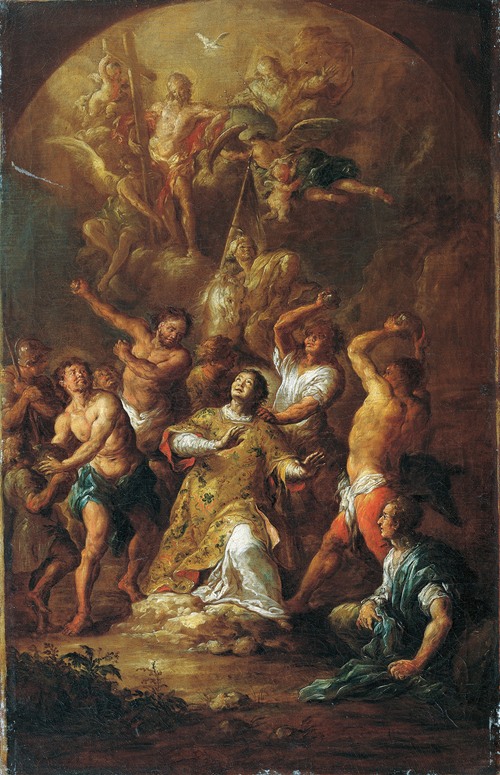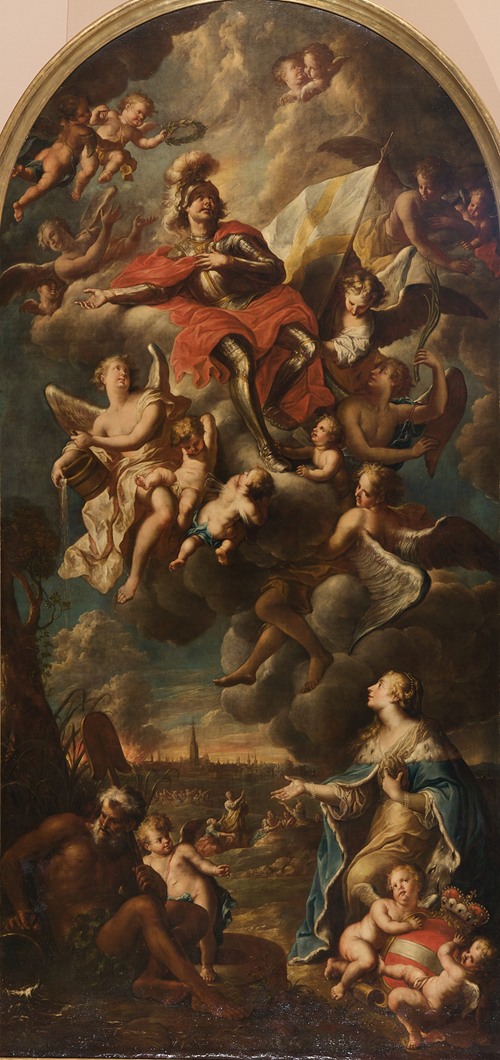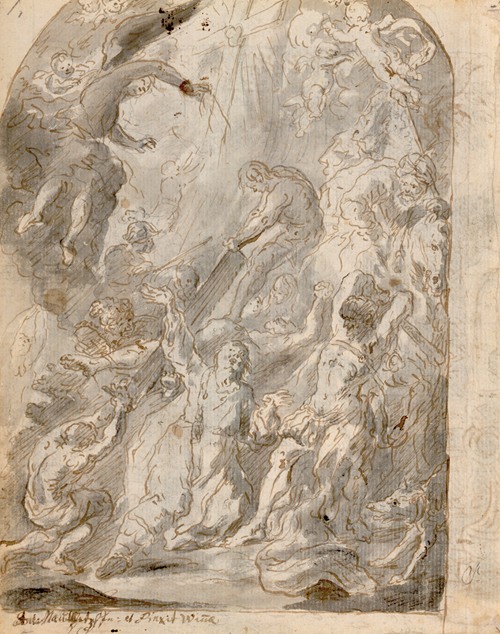
Franz Xaver Wagenschön (1726, Littisch (aka Littitsch, Liticze, Czech: Litíč), near Jaroměř, north-eastern Bohemia – 1790, Vienna) was a German Bohemian painter of the Rococo and Neoclassical styles. His works are to be found in the Kunsthistorisches Museum of Vienna, in Graz and in Upper Austria.
In 1747 he went to Vienna to attend the local art academy, becoming a member of it in 1770. He was also a student of Paul Troger. In his early years he was a carriage painter, producing portraits of noblemen, working in this vein at the end of the 1760s for the children of Maria Theresa of Austria, especially Marie Antoinette (later queen of France), and in 1763 painting the panels for the golden Imperialwagen. In later life he produced religious and allegorical works influenced by the Italian Baroque. He was also known for his works for monasteries and churches, including Poysdorf, Göttweig, Ollersbach, Scheibbs, Purgstall and Tulln.
